AHFS/Drugs.com Monograph ATC code V04CF01 (WHO) | Routes ofadministration intradermal Legal status US: ℞-only | |
 | ||
Trade names Aplisol, Mantoux, PPD, others Pregnancycategory US: C (Risk not ruled out) | ||
Tuberculin skin test movie 2 mov
Tuberculin, also known as purified protein derivative is a combination of proteins that are used in the diagnosis of tuberculosis. This use is referred to as the tuberculin skin test and is recommended only for those at high risk. Injection is done into the skin. After 48 to 72 hours if there is more than a five to ten millimeter area of swelling the test is considered positive.
Contents
- Tuberculin skin test movie 2 mov
- Insulin vs tuberculin syringe
- Medical uses
- History
- Controversy
- References

Common side effects include redness, itchiness, and pain at the site of injection. Allergic reactions may occasionally occur. The test may be falsely positive in those who have been previously vaccinated with BCG or have been infected by other types of mycobacteria. The test may be falsely negative within 10 weeks of infection, in those less than 6 months old, and in those who have been infected for many years. Use is safe in pregnancy. Tuberculin is made out of an extract of Mycobacterium tuberculosis.
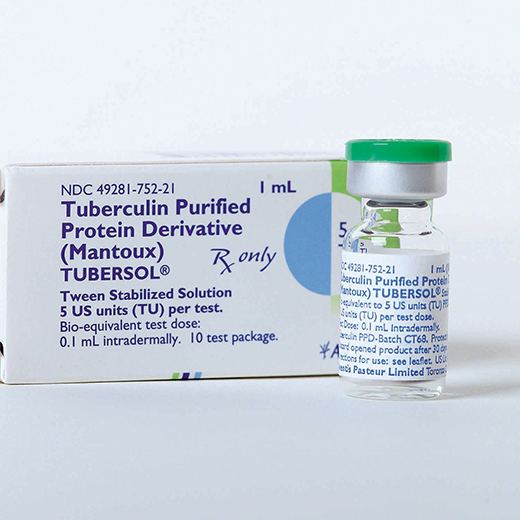
Tuberculin was discovered in 1890 by Robert Koch. It is on the World Health Organization's List of Essential Medicines, the most effective and safe medicines needed in a health system. The wholesale cost in the developing world is about 0.22 USD per dose. In the United States testing costs less than 25 USD.
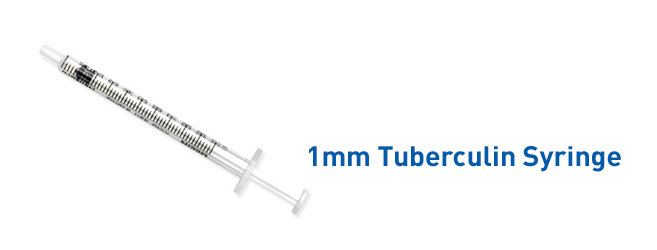
Insulin vs tuberculin syringe
Medical uses
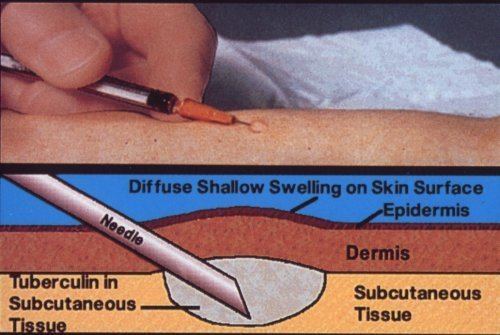
The test used in the United States at present is referred to as the Mantoux test. An alternative test called the Heaf test was used in the United Kingdom until 2005, although the UK now uses the Mantoux test in line with the rest of the world. Both of these tests use the tuberculin derivative PPD (purified protein derivative).
History
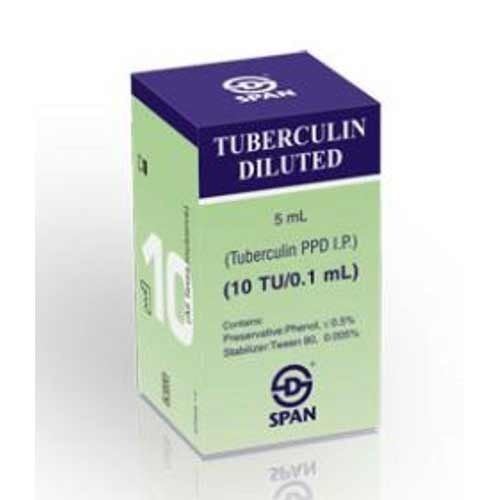
Tuberculin was discovered by German scientist and physician Robert Koch in 1890. The original tuberculin discovered by Koch was a glycerine extract of the tubercle bacilli and was developed as a remedy for tuberculosis, but it was ineffective in this role. Clemens von Pirquet, an Austrian physician, discovered that patients who had previously received injections of horse serum or smallpox vaccine had quicker, more severe reactions to a second injection, and he coined the word allergy to describe this hypersensitivity reaction. Soon thereafter von Pirquet discovered the same type of reaction took place in those infected with tuberculosis, and he thus found the utility of what would become the tuberculin skin test. Individuals with active tuberculosis were usually tuberculin positive, but many of those with disseminated and rapidly progressive of disease were negative. This led to the widespread but erroneous belief that tuberculin reactivity is an indicator of immunity to tuberculosis.
Controversy
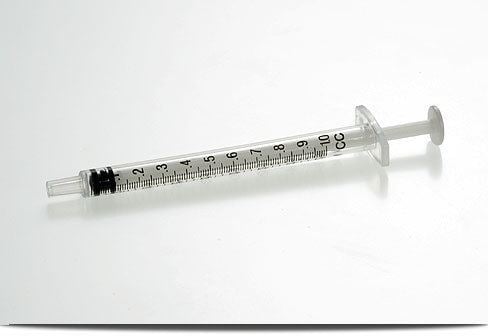
In Koch's time, close to every seventh German died of tuberculosis. For that reason, the public reacted euphorically to the discovery of the pathogen since it aroused hopes for a cure. Until that time, the only effective remedy for an infectious disease was quinine (for malaria).

At the Tenth International Medical Congress held 1890 in Berlin Koch unexpectedly introduced a cure for tuberculosis, which he called tuberculin. He did not reveal its composition, which is understandable as it was not then customary to patent medicine; Phenazone being the only exception. The public trusted the famous physician and reacted enthusiastically. Koch was awarded the Grand Cross of the Order of the Red Eagle.
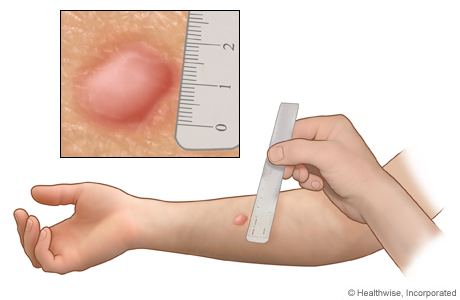
The social hygienist Alfred Grotjahn described the arrival of tuberculin in Greifswald, “Finally the great day also arrived for Greifswald on which the Clinic for Internal Medicine was to carry out the first inoculations with tuberculin. It was celebrated like the laying of a foundation stone or the unveiling of a monument. Doctors, nurses and patients dressed in snowy white and the director garbed in a black frock coat stood out against a background of laurel trees: ceremonial address by the internist, execution of the vaccination on selected patients, a thunderous cheer for Robert Koch!“
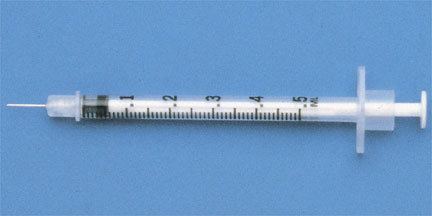
Koch attempted to make money from his discovery, which was held against him since he had conducted his research at a public institution with public money. He demanded that the Ministry of Culture finance an institute exclusively to produce tuberculin, and estimated the annual profit at 4.5 million marks. He also hinted that he had received offers from the USA.
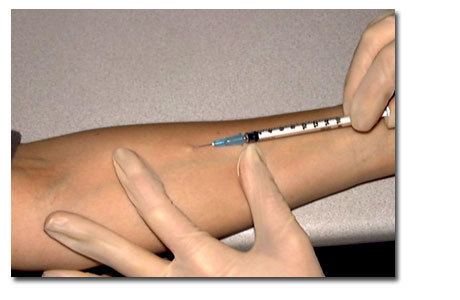
Regulations for testing medicines did not yet exist at the time. According to Koch he had tested tuberculin on animals, but he could not later produce the guinea pigs which had allegedly been cured. He was not worried about the fact that people had a much stronger reaction to tuberculin than his laboratory animals, with fever, pains in their joints, and nausea. Among other people he tested tuberculin on his mistress and later wife, Hedwig Freiberg, who was 16 years old at the time. She relates in her memoirs that Koch had told her that she could “possibly get quite sick” but that she was “not likely to die”.
After tuberculin was on the market, articles increasingly appeared in professional publications and the public media with reports about successful treatment, to be followed by the first reports of deaths. They were not taken too seriously since the doctors were after all experimenting with seriously ill patients. But Rudolf Virchow was able to prove after performing autopsies on the corpses that tuberculin did not kill the bacteria, and even activated latent bacteria. Robert Koch was forced to reveal the composition of his secret cure, whereby it turned out that he himself did not precisely know what it contained. It was an extract of tuberculosis pathogens in glycerine, and the presence of the dead pathogens themselves could also be confirmed.
Koch asked the Prussian Minister of Culture for time off and went to Egypt, which was interpreted as an attempt to escape from the German public. A heated debate took place in the Prussian parliament in May 1891. Koch remained convinced of the value of his cure and presented in 1897 a modified form of tuberculin, which turned out to be just as useless as a therapeutic agent. This and numerous other indications suggest that Koch had no intention of committing a “tuberculin scam”, a common accusation, but that he had deluded himself.
The medical historian Christoph Gradmann has reconstructed how Koch thought tuberculin functioned: the medicine did not kill the bacteria but rather initiated a necrosis of the tubercular tissue, which so to speak “starved” the tuberculosis pathogen. This idea was then outside customary medical theories, as it remains today.
The tuberculin scandal was in general understood as a warning about how not to proceed when testing medicine. Emil von Behring’s introduction of his diphtheria antitoxin in 1893 had been preceded by lengthy clinical testing, and the serum was only slowly introduced into practical use, accompanied by a critical discussion among qualified experts. Paul Ehrlich also proceeded with conspicuous caution in 1909 when introducing the first synthetically produced chemotherapeutic agent against an infectious disease, Salvarsan as a cure for syphilis.
In 1907 Clemens von Pirquet further developed tuberculin as a testing agent for diagnosing tuberculosis, but this was his own achievement, independent of any of Robert Koch’s ideas. The company Meister Lucius & Brüning AG (later Hoechst AG) in Frankfurt/Höchst purchased the large leftover stocks of tuberculin and the company later began production under the leadership of Koch’s student Arnold Libbertz.
